16. Symbolism
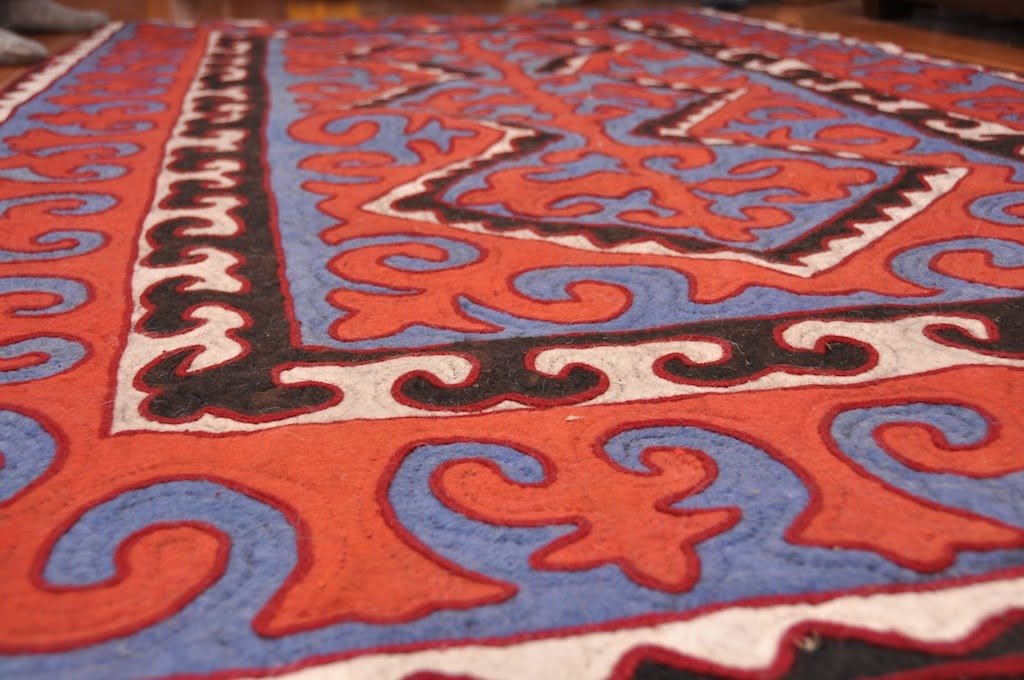
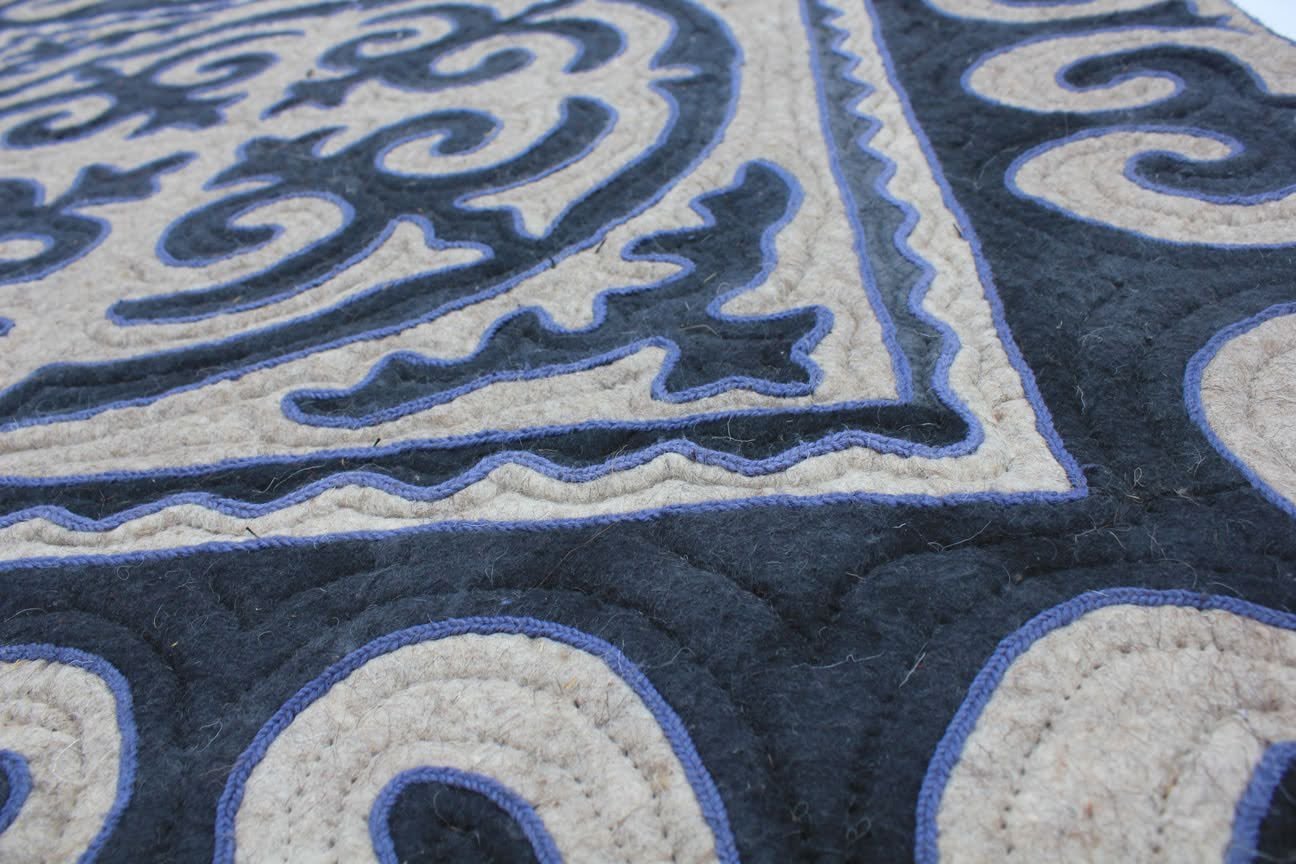
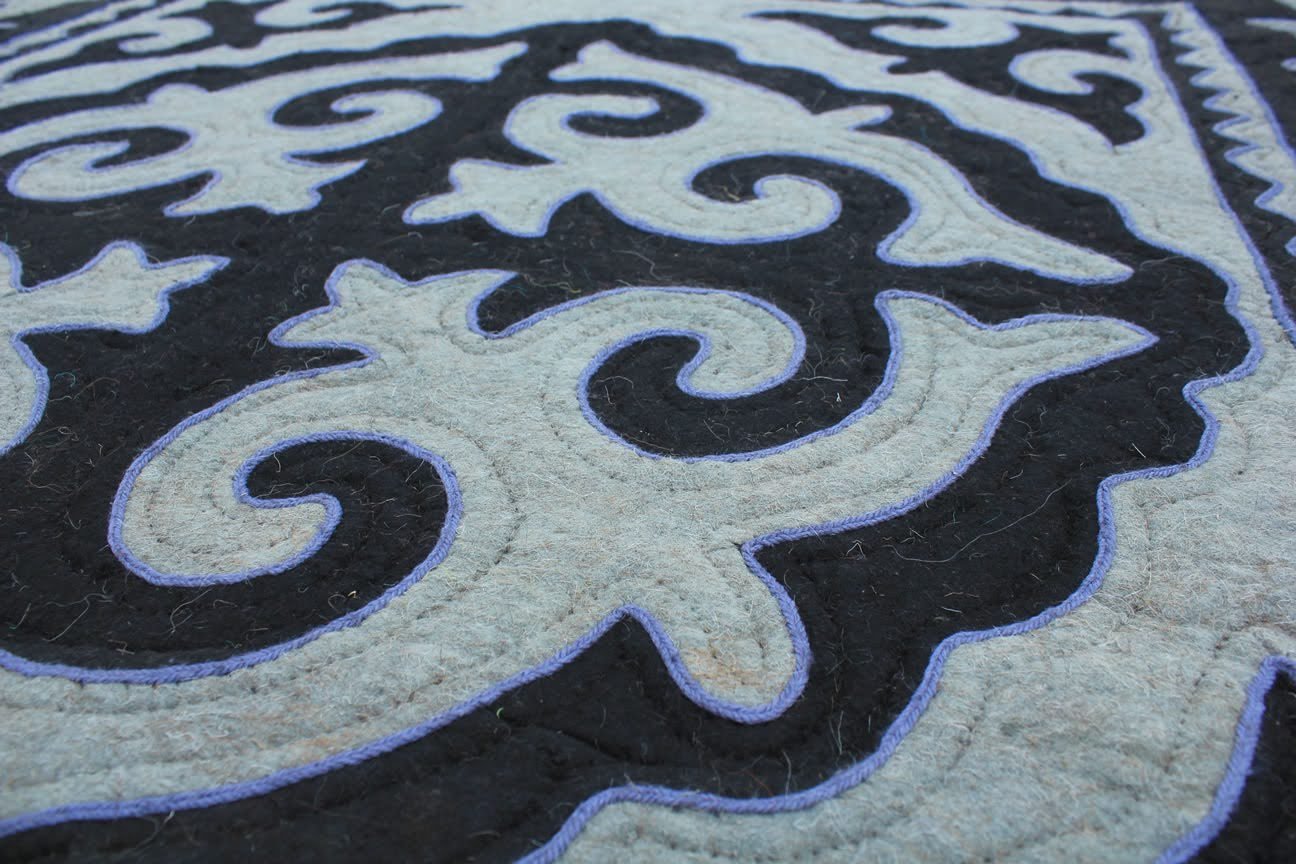
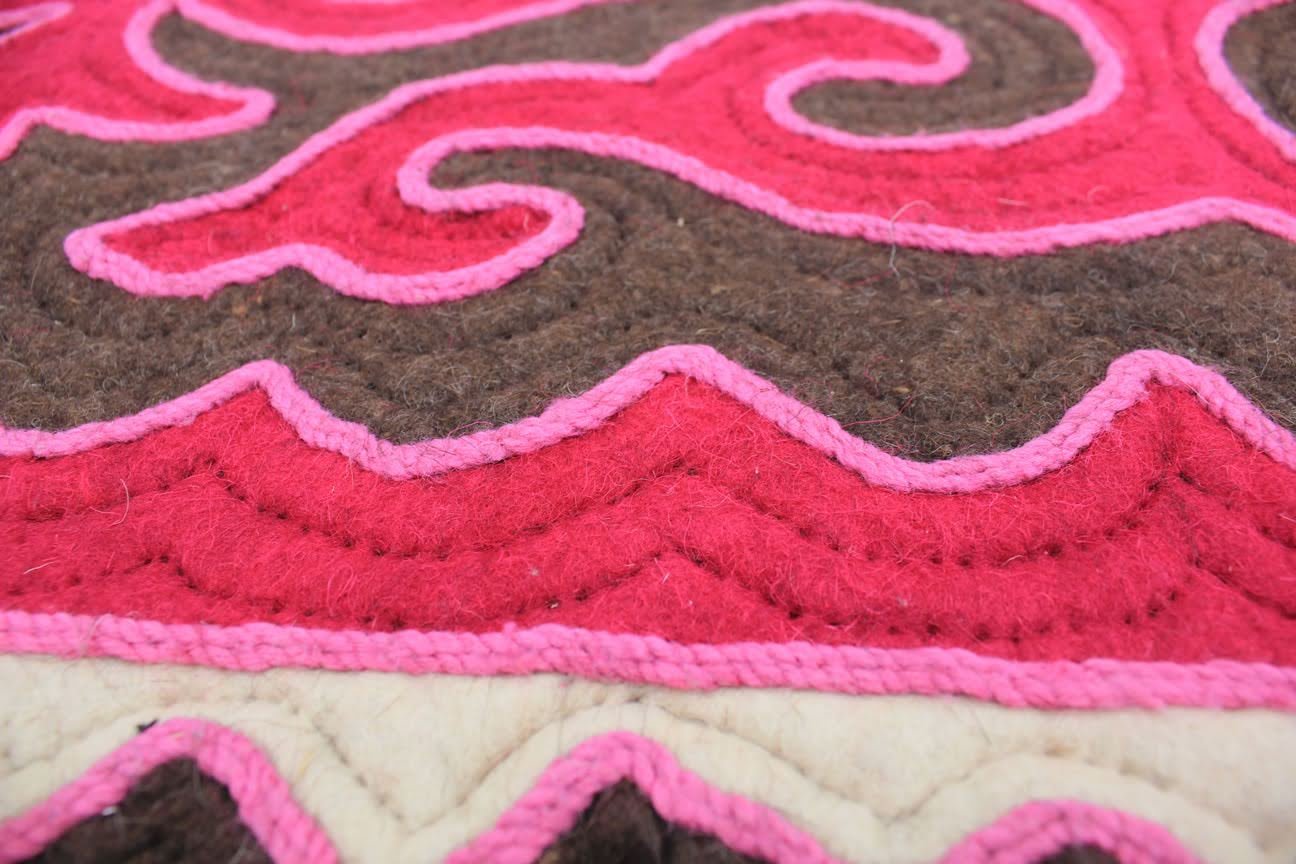


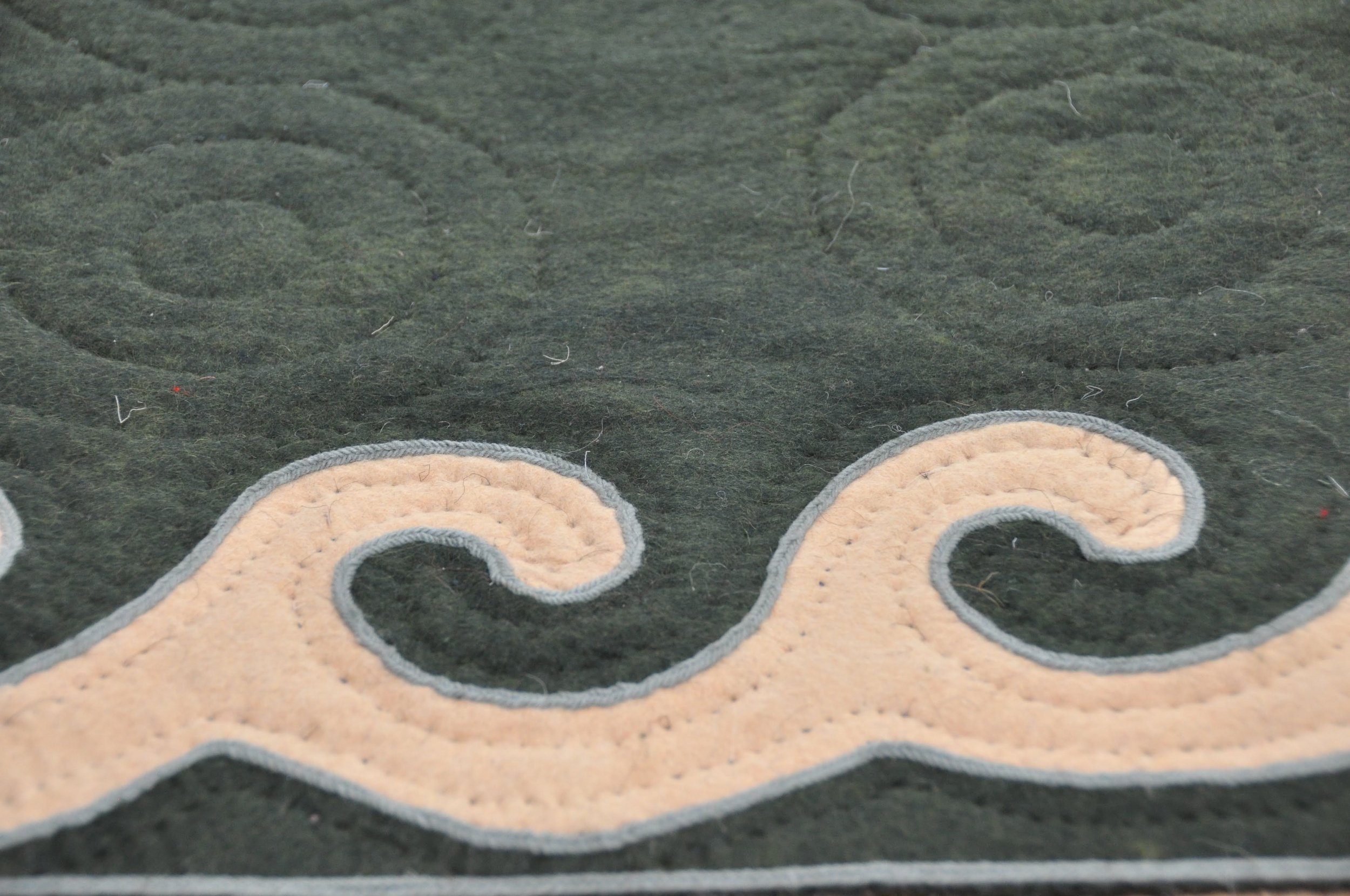
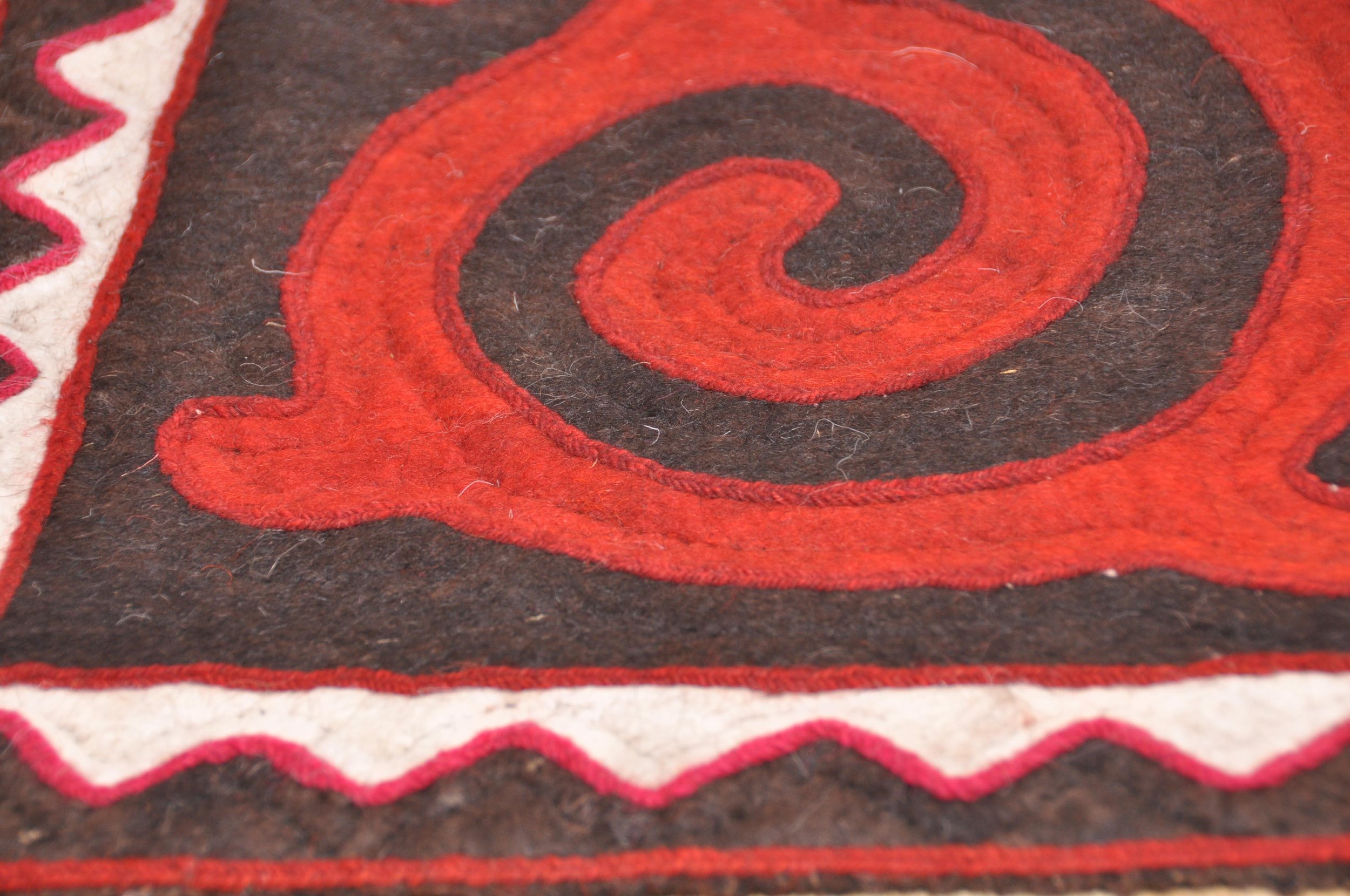
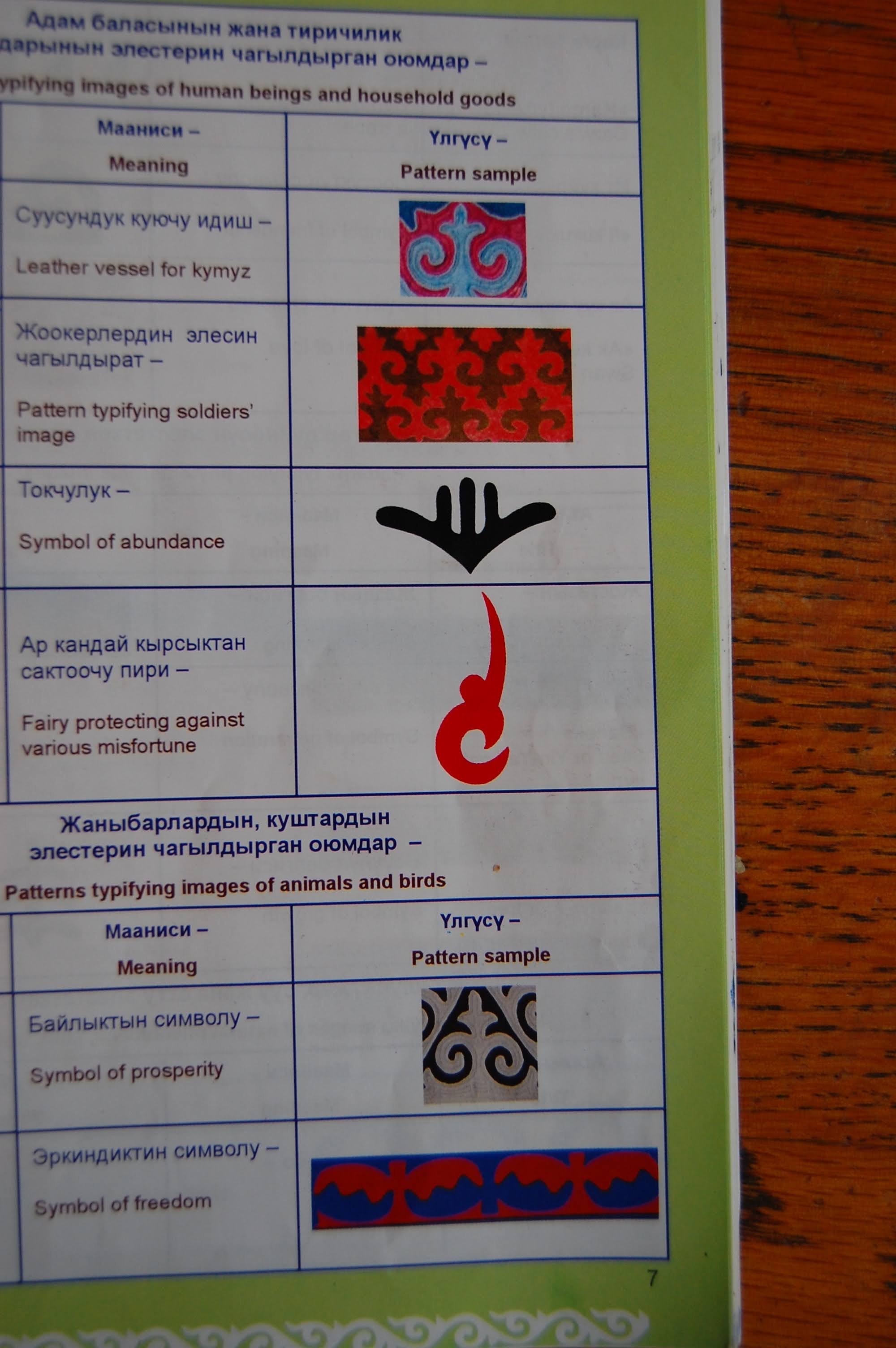
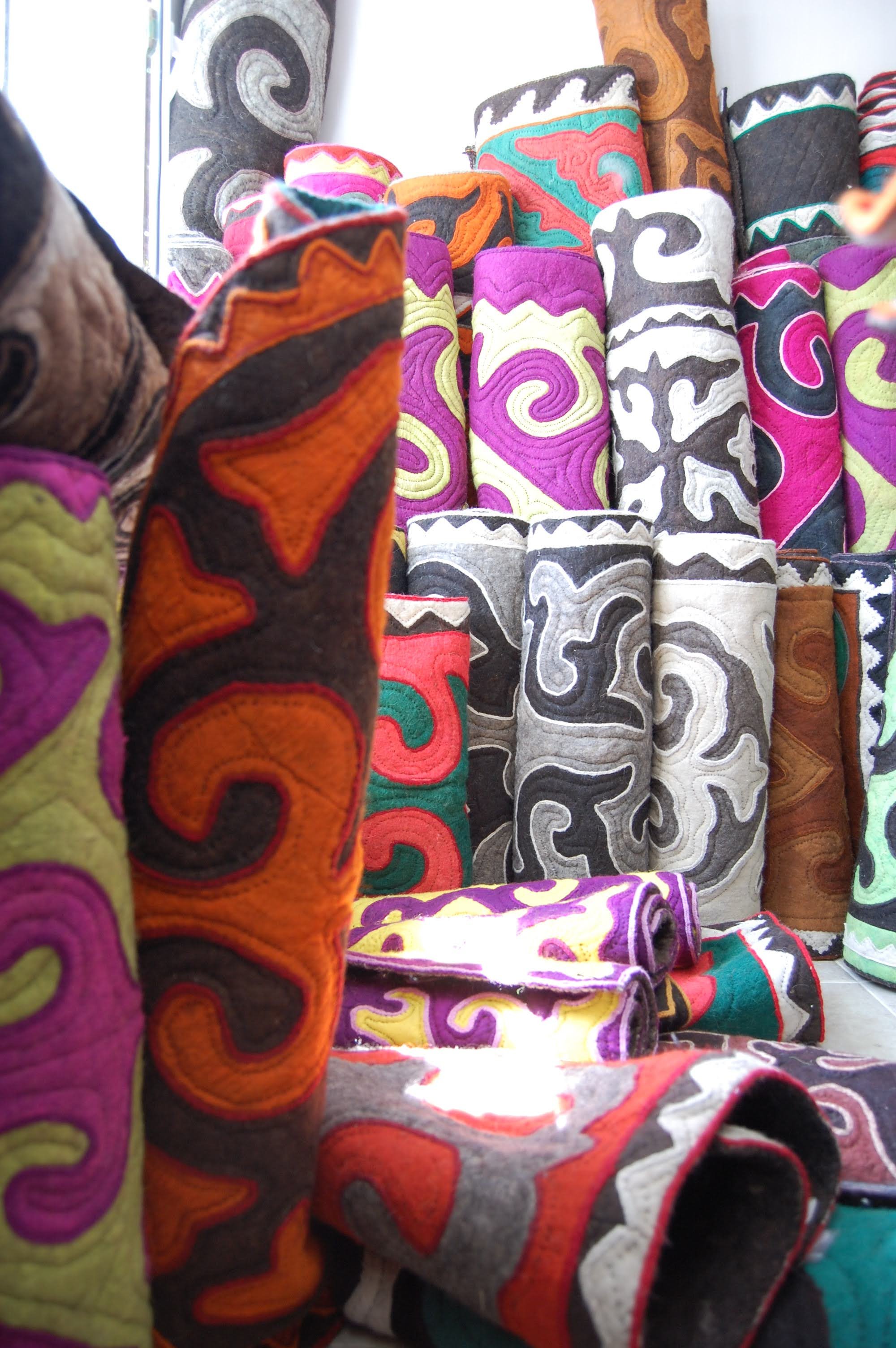
The Kyrgyz patterns in shyrdaks are mainly simple but very precise. Ornamental patterns have various titles that were inherited from ancestors and handed over from older generations to younger ones. However, these pattern chains are not always preserved in the original state. Patterns are becoming more sophisticated and their meaning is undergoing certain modifications. Depending on the era and the generation of the craftsperson, many shyrdak makers do not pay attention to the meaning. Consequently this increases a number of pattern samples which results in a loss of narrative patterns. Some think that the more complicated the pattern the more beautiful it will be, but it is not always the case. A structure of ornamental patterns and their rhythmical repetition play a key role.
A few examples of pattern titles and meanings:
Besh manja (five fingers) Symbol of abundance Kochkor mujuz (rams horn) Symbol of prosperity Lt kuiruk (dogs tail) Symbol of friendship Balaty (fir tree) Symbol of growth Kyimyl (perpetual motion) Eternal life
It takes 2-3 months to produce a shyrdak of 2 by 3 metres and can last up to 20 years or even longer if properly cared for. To protect an ala kijiz and shyrdak from moths it is important to expose them to sunlight and shake them regularly. You can wash an ala kijiz but cannot submerge a shyrdak in water. It is recommended to spot clean a shyrdak with vinegar.
Most of the women I spoke with had been making shyrdaks with their mothers and grandmothers from a very early age. The women were very patient with me and took time to answer my questions. They also encouraged Yara to join in and experience the beauty of working with wool. I was able to gain an in-depth understanding of how the carpets are designed using the indigenous knowledge of Kyrgyz patterns, symbols, coloring and sewing techniques.
